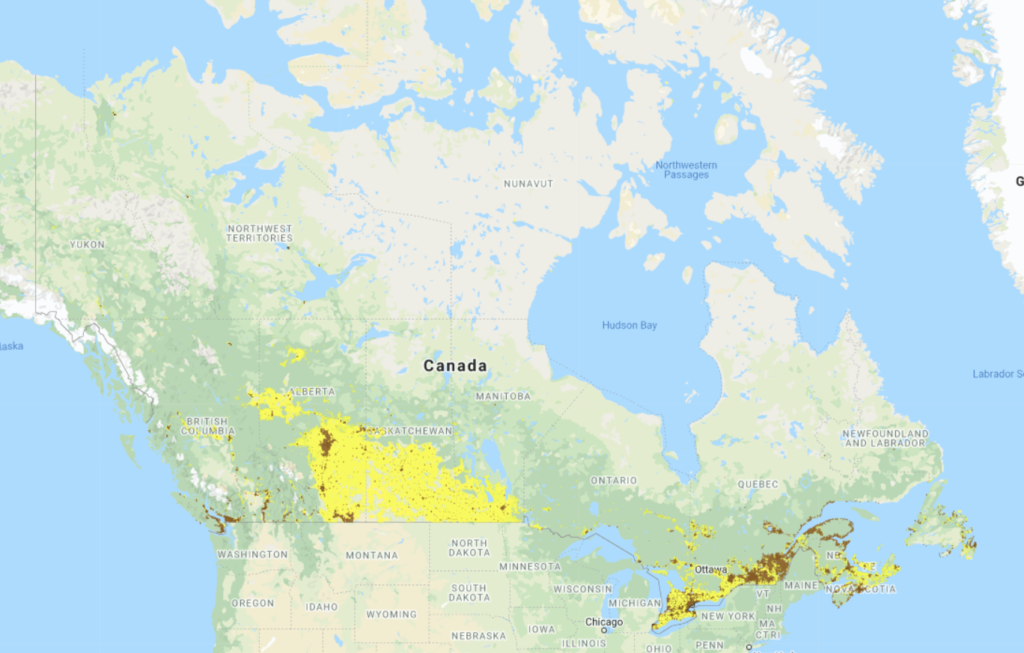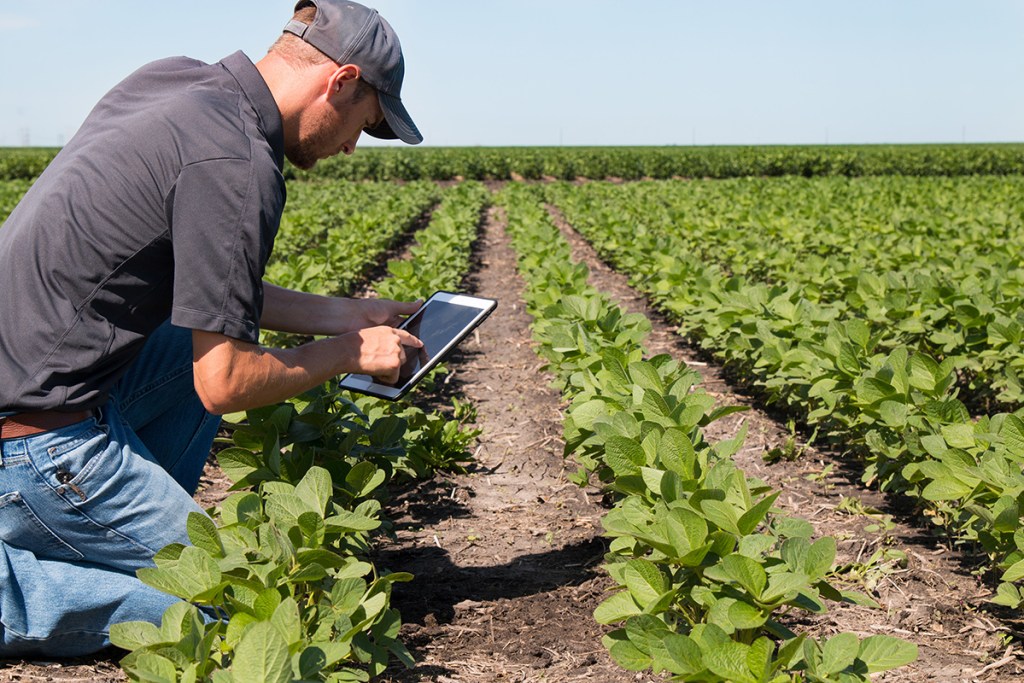Last month, Alberta’s Finance Minister Travis Toews tabled the provincial government’s Budget 2022. It builds on a number of commitments outlined in the government’s Alberta Recovery Plan and Alberta 2030: Building Skills for Jobs strategy by introducing a number of investments relevant to advanced education, innovation, and skilled labour development. The provincial government is earmarking $600 million over three years for these priorities under the Alberta at Work initiative, a new program to address skilled labour gaps in sectors such as technology, science, engineering and agriculture.
As a separate investment to address rural, remote and First Nations broadband, the budget also outlines the Alberta Broadband Strategy, which includes a $780 million investment — split equally between the provincial and federal government — to reach universal connectivity in Alberta by 2027. The province defines connectivity as having access to the federal government’s basic service objective of 50/10 Mbps download/upload speeds.
The Alberta Broadband Strategy will be administered by Service Alberta, which has been given a $145 million increase from its 2021 operating budget to support this and other initiatives. These include privacy protection, digital modernization, and the creation of a new cybersecurity division to foster collaboration between public and private organizations.
Budget 2022 Highlights:
- An additional $264 million through the Alberta 2030: Building Skills for Jobs Strategy for targeted initiatives, including:
- $171 million for targeted enrollment expansion in the areas of technology, agriculture, financial services and aviation.
- $30 million for apprenticeship expansion programs.
- $8 million to expand reskilling and upskilling opportunities through new micro-credential based course offerings.
- $47 million in capital investments to expand collegiate programs in post-secondary institutions and K-12, with a focus on high-demand fields in science, technology, engineering, mathematics and trades.
- Overall, operating funds for some post-secondary institutions will be reduced significantly, including a $52 million cut to the University of Alberta and a $4.8 million cut to the University of Lethbridge.
- An additional $88 million through the Alberta Investment and Alberta Strategy to attract skilled labour and investment, including:
- $73 million over three years for the Alberta Technology and Innovation Strategy to support the development of the province as a technology and innovation hub, with a particular focus on artificial intelligence and quantum science.
- $15 million for the creation of a new rural investment attraction stream of the Investment and Growth Fund.
- An increase of $145 million for Service Alberta’s operating budget over the previous year to support a number of priorities, including:
- $38.8 million to support data, information and privacy services, including the Office of the Privacy Commissioner’s Freedom of Information and Protection of Privacy (FOIP) processes.
- $493 million for technology, digital delivery and cybersecurity operations. This includes the creation of a new cybersecurity “community of interest” made up of organizations from Alberta’s public and private sectors to develop cybersecurity best practices.
- $380 million — to be equally matched with the federal government — to fund rural, remote and First Nations broadband projects through the Provincial Broadband Strategy.

Broadband Strategy takeaways
The Alberta Broadband Strategy itself is broken into three main planks: 1) the matching funding commitment of $780 million, 2) collaborating with other provinces to drive policy reform at the federal level, particular with respect to spectrum regulation and 3) focusing on the hierarchy of technologies — fibre, fixed wireless, and low-earth orbit satellites — to meet the 2026 connectivity goal.
In the 2021 State of Alberta Digital Infrastructure Report, Cybera commented on the importance of policy reforms and technological adoption to foster internet deployment, including changes to spectrum and wholesale regulation to reduce barriers to entry for internet service providers. So we were pleased to see these issues highlighted in the Alberta Broadband Strategy.
In addition, the Digital Infrastructure Report highlighted ongoing issues with broadband speed mapping conducted by Innovation, Science and Economic Development (ISED) Canada, which continues to lack accuracy and granularity.
This is important to note because the $780 million investment will be administered through the federal government’s existing Universal Broadband Fund (UBF). At last year’s Alberta Rural Connectivity Forum, municipal leaders from Sturgeon County and Vermillion presented discrepancies between the federal broadband maps used by the UBF administrators and their own internal speed testing, which showed significantly lower speeds in their communities than identified by the federal government. Both of those municipalities were deemed ineligible for UBF funding based on the government’s mapping.
The provincial government’s decision to leverage the UBF for its application process has the potential to neglect those communities that continue to be mis-identified as having sufficient internet service.
Additionally, it’s worth noting the successful UBF recipients in Alberta that will be announced in the coming months were projects that had previously applied to the federal fund, which is now closed. This could present problems for rural municipalities now looking to start a connectivity project. Cybera would like to see further clarification from the Government of Alberta on any new application structures, to ensure disconnected communities will have new opportunities to access funding.
Check back here for updates on the initiatives outlined in Budget 2022, including new funding announcements from the Provincial Broadband Strategy.

